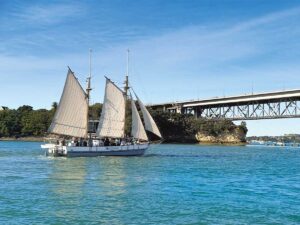It’s a wonderful thought that some of the best days of our lives haven’t yet happened. I never imagined that, at 46, I would be being amazed and delighted constantly. That’s life on the road for you — as I’m sure many can vouch. Even so, few days come close to the one we spent exploring Kāpiti Island recently, courtesy of Kāpiti Island Eco Experience.
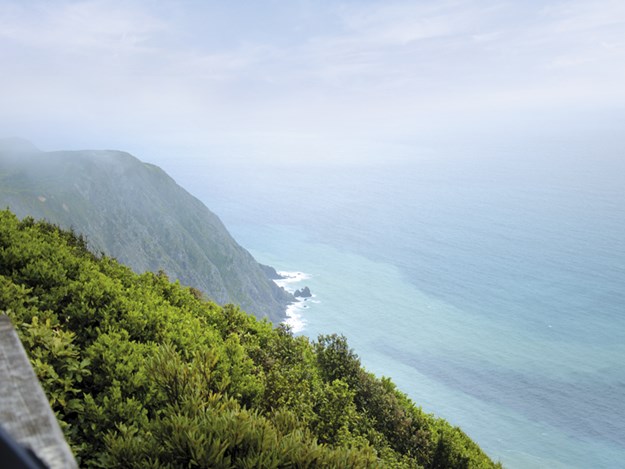 |
The cloud began to clear in time for our descent |
We boarded our vessel bright and early on a Sunday morning and were greeted warmly by owner-operator Glen ‘Coops’ Cooper. “Today is mint,” he said and assured us that the overcast conditions were perfect for spotting the many species of wildlife on one of New Zealand’s most significant nature reserves. Pleased, we relaxed into the 20-minute journey along with the rest of our tour group, made up of visitors from all over the world.
Following in the footsteps of Kong
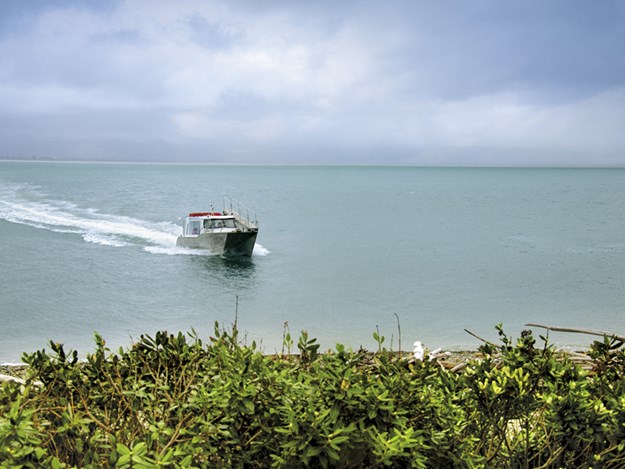 The boat journey across to Kāpiti Island takes about 20 minutes The boat journey across to Kāpiti Island takes about 20 minutes |
Stepping off the boat at the island’s Southern Landing, we began making our way to the visitors’ shelter. As we walked, our guide, Rob, told us that this was where Sir Peter Jackson filmed King Kong. He also shared some of New Zealand’s fascinating history and facts about wildlife.
I learned more in 15 minutes of listening to Rob than I had in almost 30 years of living in New Zealand. By the time he had finished, we were ready to be let loose on the island. Kāpiti Island Eco Experience offers both guided and unguided tours, and from here our group dispersed accordingly.
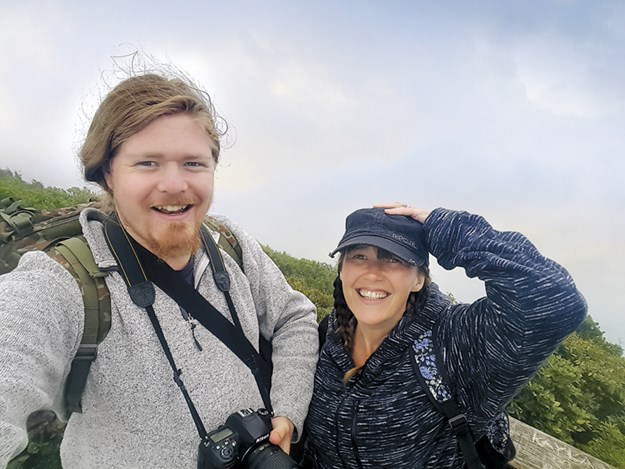 |
At the island summit, with our heads in the clouds |
There are two walking routes open to the public in which you can climb to the highest point of the island. Both take about two hours to reach the summit. The main one is the Wilkinson Track; a well-maintained walk with a steady uphill climb.
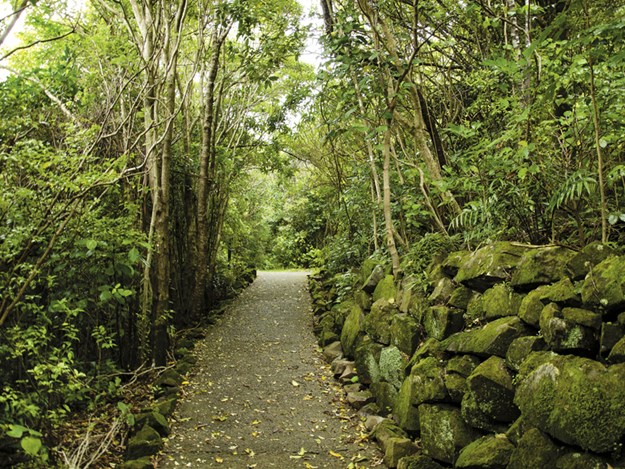 |
The main walking tracks are well maintained |
The other is the Trig, which is more challenging and should only be attempted by experienced trampers. Gareth and I assumed correctly that most of the group would opt for the easier track and so we quickly set out to climb the Trig. It was here that we found ourselves alone, and the magic began.
Immersed in history
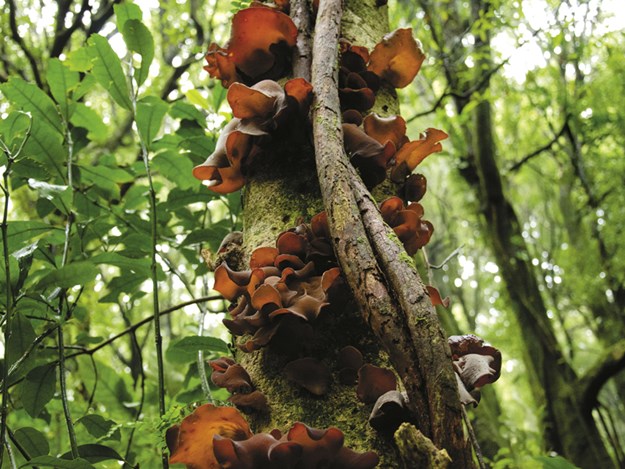 |
Every step brings a new spectacle on the island |
The bush was unlike any other we have seen. It was so thick and lush that the two of us felt like intrepid jungle explorers, brushing past enormous palm fronds. This really was King Kong country. As we made our way up the track as stealthily as we could so as not to disturb the wildlife, all we could hear was our breathing.
Before long, however, the air was full of birdsong, and the first of the residents began to show themselves. Rob had done a sterling job of imitating the different calls and, delighted, we were able to pick them out — from the ‘stitch’ sound of the hihi and the joyful screech of the kāka, to the mournful call of the kōkako.
While we were familiar with the abundant tūī and bellbirds, some of the species of birdlife we witnessed we had never even heard of before, let alone seen, such as the tīeke, or saddleback. This is a beautiful bird, and we are so glad it has been saved from extinction, along with other precious species, thanks to reserves like this.
To look at the island now, so wild and primitive, you would never have believed it was once home to about 2000 people for hundreds of years. Even more unimaginable, there were at one time eight whaling stations here. It wasn’t until 1840 when the Treaty of Waitangi was signed and the warring ceased that the Māori returned to the mainland and the island began its recovery process.
By then, however, pests and predators had been introduced and many of the island’s natural inhabitants were in danger of being wiped out, along with the whales. Fortunately, one of New Zealand’s first conservation heroes, Richard Henry, took up residence on the island as its ranger and devoted his life to translocating birds and keeping them safe in a predator-free environment.
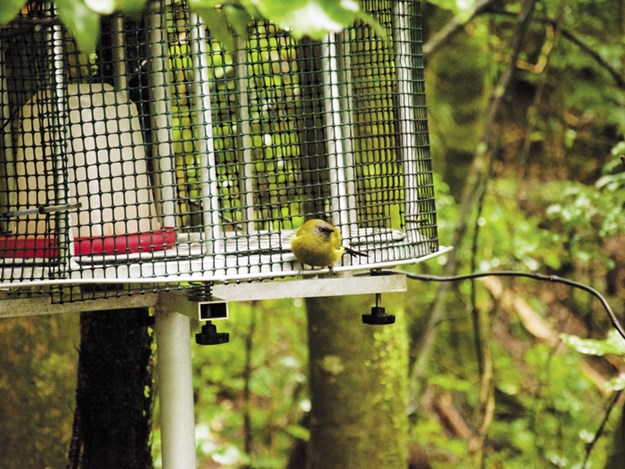 |
Various birds are encouraged to the feeding station |
The effort and dedication that has gone into restoring Kāpiti Island to its former glory is mind-blowing and I, for one, am immensely grateful to Richard and all who have taken up the baton since. We sat for a while at the hihi feeding station before moving on to where the Trig joined the Wilkinson Track, and then continuing to the summit.
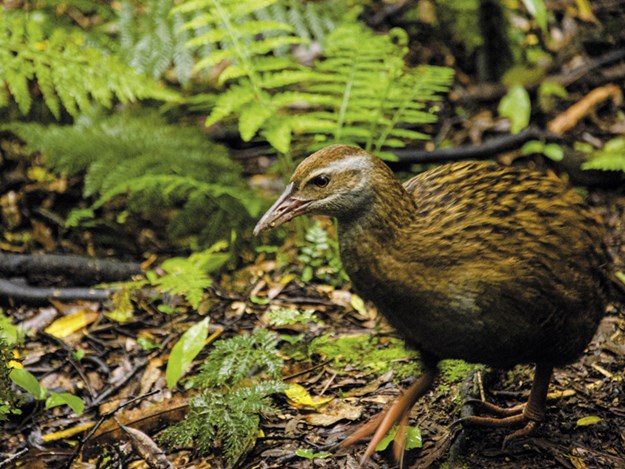 |
The North Island weka thrives here |
We started to see people again, but nothing could dampen our joy at having had this precious time to ourselves, with the robins, weka and the rest of the merry throng. At last we reached the top — Tuteremoana — and enjoyed a picnic with the clouds swirling around us before reluctantly making our way down.
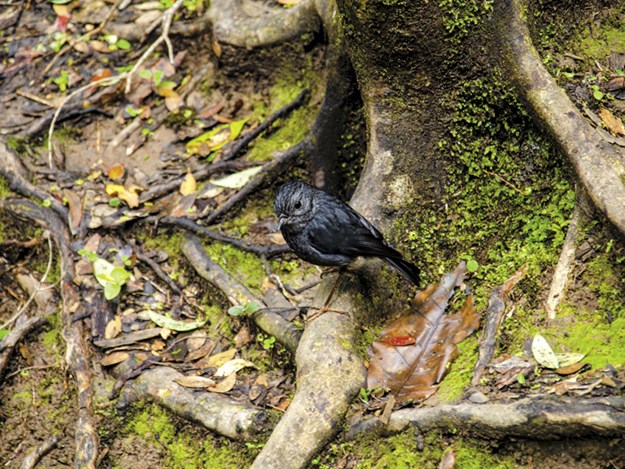 |
The North Island Robin is a curious and friendly chap |
While the rest of the group marched along chatting, we stayed behind and stood still, watching and listening. Not surprisingly we saw much more than everyone else. You don’t even have to stand still for long; just a few moments of being silent, and the birds will come.
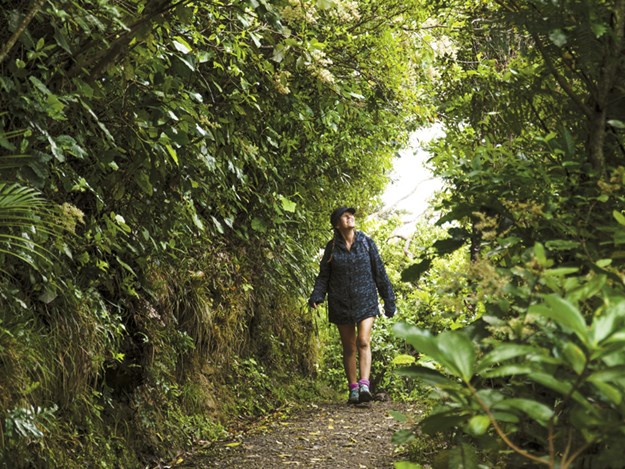 |
We didn’t want to leave the island |
We waited until the very last minute before we finally emerged out of the bush and down onto the beach to board the boat home. I felt like a small child who didn’t want to go home and was overcome with such overwhelming sadness, I was glad the sun had decided to come out at last so nobody could see my eyes welling up. What a day, what an experience.
For more, visit kapitiislandeco.co.nz


